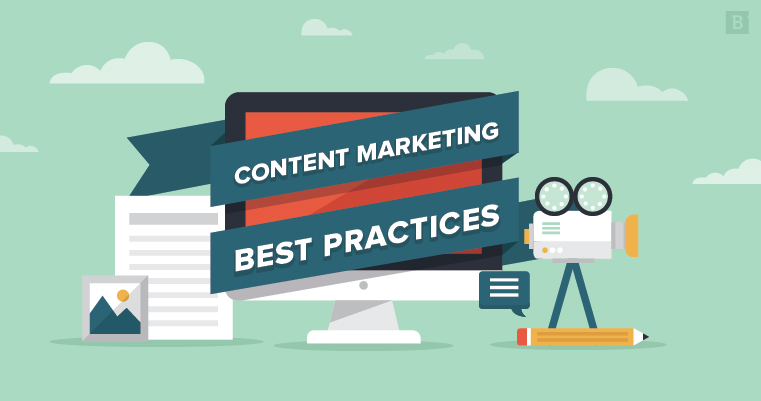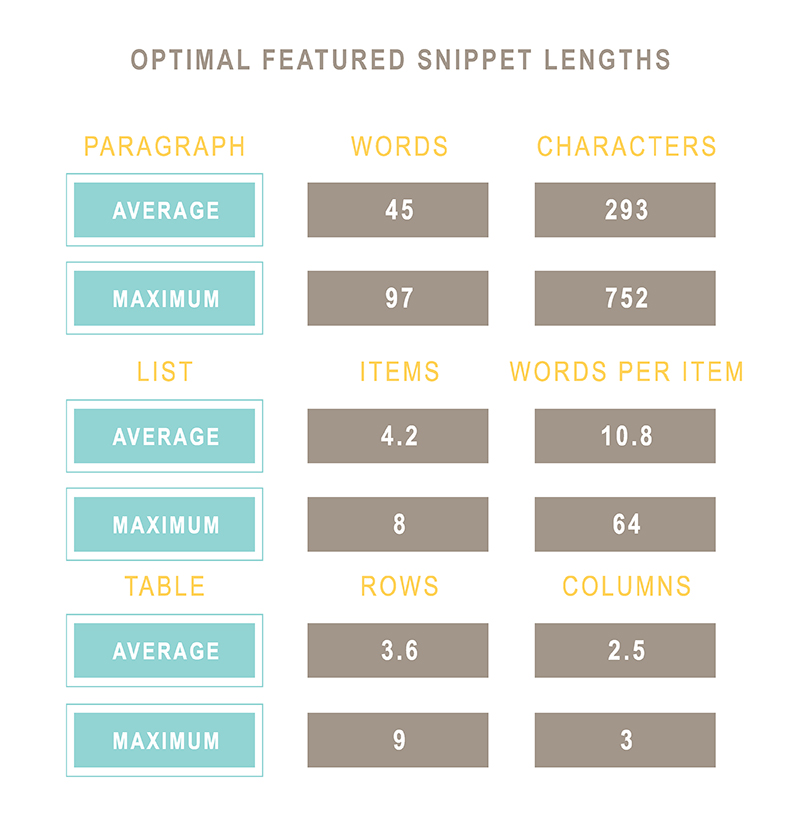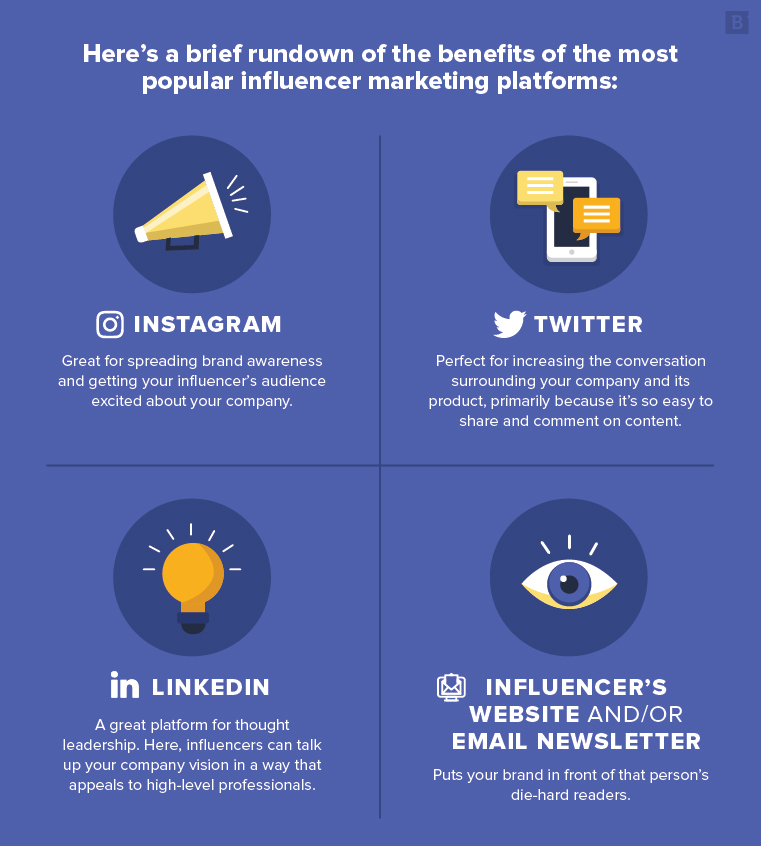Content marketing is all about care. Like a middle-aged car, or a garden, you get out of it what you put in.
Case in point, 89 percent of organizations that experience content marketing success are highly committed to the practice. And by committed, we don’t mean “willing to spend the most money” or “create the most content.” We mean taking time to learn the tricks of the trade.
After more than a decade of educated trial and error, we’re happy to share just a little bit about what we’ve learned along the way.

50 steps to content marketing excellence
Before we begin listing off content marketing best practices, we must stress the first commandment of content marketing: “know thy audience.”
Create buyer personas down to approximate age, job function, industry, location if applicable, etc., and use those details to zero in on your most viable prospects.
Content marketing, after all, is about building trust and credibility for your brand. You’ll never succeed if your audience finds your content unrelatable or disingenuous.
With that, here are our 50 stepping stones to content marketing excellence. For ease of consumption (and so you can Ctrl-F what you’re looking for), we’ve organized these categorically, starting at the very top of the funnel:

Blog posts
Your go-to top-of-funnel resource.
- Don’t write in vain: Make sure the topics you cover on your blog are backed up by actual prospect pain points and by keyword research on SEMrush, Searchmetrics or another SEO tool. Remember: People don’t search for brands. They search for answers.
- Focus on readability: Divide your content into concise sections if you can help it. This makes content more digestible for the audience and makes it easier for them to find the information they’re looking for.
- Break up your copy: Use bulleted lists, pull quotes, embedded social media posts, graphs charts, videos and other media that support your text to make your epic, long-form blog content seem less intimidating and more engaging.
Keywords
The words your audience uses to find answers to their questions.
- Don’t stuff them: Google’s Panda algorithm will be all over that, and it will penalize your blog post’s ranking if it detects keyword stuffing. Other blackhat SEO tactics to avoid include hidden keywords, plagiarism and duplicate posting.
- Cover related topics: Google’s Hummingbird algorithm uses natural language processing to try to understand searcher intent – meaning, it knows what topic you’re talking about based on the inclusion of related topics associated with the keyword you are targeting. Discuss these related topics to create a more comprehensive piece of content.
- Write the best piece of content for that keyword: This doesn’t mean simply “using” the keywords like you used to in the days of yore. This means picking one keyword you want to rank for and writing a piece of content that serves as the most awesome resource center available on the web for that keyword. We are talking about creating a one-stop-shop in which anyone searching your keyword and landing on your page gets every one of his/her questions answered, and then some.
Infographics
Digestible visual assets that are as pretty as they are informative.
- Let imagery do the talking: There’s nothing worse than an infographic that does more telling than showing. Try to convey information visually.
- Don’t try to do too much: We’ve seen a lot of elaborate infographics, which is fine as long as they don’t cross into the realm of “complex.” You’re trying to get a point across fast using visual media. Save your manifesto for a white paper or eBook.
- Avoid clutter: Whitespace is not the enemy. An overly busy or gaudy design will dilute your message or cause you to miss the mark altogether.
Case studies
A chance to show the value of your products and services in action.
- Use imagery: Pictures add a whole new dimension to a customer case study. They put faces to people’s voices, and they provide visual confirmation of what you’re talking about in your copy.
- Use the customer’s voice: Case studies are such valuable deep-funnel assets only if the customer, and not the narrator, is the center of attention. Prospects want to hear what other people who have used your service have to say about it. Quote them directly, or even include video testimonial if you have the resources.
- Avoid loose ends: Keep your case study structure simple (problem, solution, benefits). Don’t bring up a problem, even in passing, if you don’t intend on explaining how it gets resolved.
SEO
Search engine optimization: The art and science of generating free results on search engines.
- Publish unique content: Every new page of content is a newly indexed page on a search engine. If that content is original and fully satisfies the intent of a question being asked by a searcher, it has a better chance of being found.
- Write for people first: You need people to actually click on your links, and ideally, share your content and link to it in their own content if you want build credibility in Google’s eyes. In other words, your content has to actually resonate with real human beings if you want to get it on the first page. Don’t worry about the robots; that’s what the keywords are for.
- Backlinks are everything: Any time a web user links back to your content, that page gets a nice SEO boost – hence another reason why you really need to impress people first. Think of backlinks as the golden snitches of the content marketing world. Capture them, and you win the game.
On-page SEO
The practice of optimizing the content of an existing web page is to improve its performance.
- Get meta: Use meta tags (literally tags that describe content) to describe the content to Google’s army of robots. Use meta descriptions to describe the content to Google’s army of people (you’ll often see meta descriptions included beneath a particular SERP).
- Make it responsive: Google is in the process of switching to mobile-first indexing, meaning there’s a new best practice in town: Make sure you use responsive design so that your content will load as well on mobile as it does on desktop.
- Use keyword targeting: Perform keyword research using Google AdWords Keyword Planner, SEMrush and other KW tools. Again, you ideally want keywords with a combination of acceptable monthly search volume and low organic difficulty.
Featured Snippets in SERPs
Those little text boxes at the top of the search results page that answer a question.
- Be in the top-10 SERPs: 99 percent of the Featured Snippets you’ll see come from pages that already rank in the top-10 SERPs. However, 70 percent of those snippets come from sites that are not in the No. 1 spot. In other words, you don’t have to be first on the page, but you do have be on the first page.
- Include pointed imagery: Incorporate imagery that very clearly complements the copy. Moz noted that it isn’t always clear which image will be chosen to accompany the snippet, so make sure that every image on the page is something you’d be proud to showcase at the top of a Google search results page.
- Answer questions concisely: The average Featured Snippet length is 45 words, usually maxing out at about 97 words. See for yourself (courtesy of Ghergich & Co. and Moz):

Click-through rate
Number of clicks divided by the number of impressions (chances to click).
- CTR for what: The first thing to understand about CTR is that it that it doesn’t just apply to PPC ads (even though it’s most often used in that context). It can also refer to emails, social media posts, organic results or specific links at the end of your landing page or blog posts that you’re trying to get users to click on.
- Targeting is everything: Whether it’s an ad or an email, this is one of those cases where the first commandment of content marketing reigns supreme. You need to understand the types of content your audience is looking for, and how to present in a way that will make them want to click.
- Keep it simple: CTR is really a metric that shows how good a job you’re doing at making a first impression. So whether it’s a PPC ad or an email header, keep the teaser copy short, sweet and to the point. Tell your brand’s life story after they show interest in the short version.

Creating high-quality content
Content that readers trust enough to share, repost or even start a conversation with your brand (generally requires a mix of the content marketing best practices discussed above and below).
- Be scientific: Create content based on keyword and topic research. Use tools like MarketMuse and SEMrush to identify the average content depth scores and word counts of the top-performing posts on this subject. Use related topics to support your primary keyword.
- Use trustworthy links and sources: Broken links are bad SEO. Links to pages that are not credible sources of information are just plain bad. If you want to be an authority on a subject, make sure you’re using good information from trustworthy content creators.
- Don’t ramble: You don’t have to be as laconic as Ernest Hemingway, but you do want to avoid fluff. If you’re creating a long-form blog post (which has its place in content marketing) just make sure that all 1,000 of those words convey meaningful information.

Email marketing
The content marketing channel that delivers the highest ROI.
- Develop personas: Male, 35, is not a persona. Kevin, 35-year-old mid-level accountant, previously showed interest in content about how he can do less work, is. (And this should go without saying, but use first names in greetings.) Here’s how to do it.
- Nourish your list growth rate: Carefully monitor deliverability rate to get a sense for the health of your email lists. Employee turnover and other factors will often cut down on the size of your audience, so you need to make email capture a priority.
- Make it mobile-friendly: Be mindful of how your content will look on mobile. For instance, don’t use wide columns that will become distorted in appearance on a mobile device.
Social media marketing
How B2B marketers win leads and influence prospects.
- Create something worth sharing: You can’t succeed at social media if you’re not sharing content. We recommend using social media to promote your own content, but also to share news and information from credible sources. The occasional funny meme is also a welcome relief from business talk.
- Be social: User-generated content is the name of the game. Start conversations. Respond to posts that you’re tagged in. Find new ways to get people talking about your brand on social media. The best thing about social media is that you can turn your followers into brand advocates if you play your cards right.
- Use Google Analytics: Use a UTM code, enabled through Google Analytics, to track incoming traffic from your paid social media efforts.

Influencer marketing
An influencer is any media source that has many followers in common with your target audience. Get influencers’ attention, and they’ll get your audience’s attention.
- Don’t sell yourself short: Your brand can become an influencer by creating compelling content that will get other influencers’ attention. Influence the influencers, and they’ll do a lot of the work for you. This is called “earned media,” and it’s awesome.
- Be transparent: If you happen to create compelling enough content that influencers share it, then great! But if you’re actually paying someone to be an influencer, avoid bad blood with the FTC by clearly disclosing that relationship with the endorser. (Read more here.)
- Know how, when and where to influence: Start with this graphic:

Distribution strategy
Where and how you share your content with the world.
- Embrace omnichannel: Share your content on social media and via email (and use content marketing best practices accordingly).
- Prioritize owned media: Share your self-created content over your owned channels. It’s great to have room in the budget for paid content distribution (via paid ads, through social media endorsements), but use such methods sparingly. Ideally, your owned media will be of high enough quality to facilitate earned media (external sources become brand advocates by sharing your content free of charge).
- Don’t be afraid to repurpose content: Maximize the value of an asset by presenting it in more than one format (e.g., try turning your most recent infographic into an animated video).
Content promotion
How you promote your content.
- Email drip campaigns: Lure your leads deeper into the sales funnel with strategically ordered emails. Start at a high level with some best practice blog posts. If they show interest, go deeper with a more specific display of your company’s value. Next, hit them with a case study (social proof). And finally, lay down the hammer with a hard sell.
- Syndication for the win: Try to get your content published on trustworthy third-party sites that have greater reach. (Learn more here.)
- Carefully analyze results: Content marketing is most effective when it’s a finely tuned machine. Know how to measure the success of your content promotion efforts. For example, high CTR with high bounce rate could indicate low-quality content but good promotions. Conversely, low CTR but very low bounce rate is a sign of good content that isn’t well promoted.
Account-based marketing
Catering content creation efforts to specific, high-value leads.
- Use the 80/20 rule: If 80 percent of your profits come from 20 percent of your clients, then you already know the types of accounts you should be targeting.
- Integrate sales and marketing: You have to know who your leads are and what sort of messages will resonate with them. Marketers: talk to sales. Sales: help marketers talk to prospects.

- Find the pain points, assuage them: Speaking of which, demonstrate your value to your targets by showing examples of how you can make their pain points go away. Use blog posts, case studies, eBooks and other collateral to tell a story with a happy ending.
Marketing automation
Automating certain marketing tasks to do more with less.
- You can’t automate a good strategy: Automation is great for helping you perform redundant tasks, but you still need an effective content marketing strategy that ties into your bigger business goals. Have realistic expectations for what you can achieve with automation resources.
- Segmentation rules: As in, using segmentation rules, rules. Create prospect lists based on specific criteria in order to make your marketing efforts more targeted.
- Refocus your resources: Marketing automation can save time and money. Reallocate those resources to revamping your strategy and revitalized content creation efforts.
*Bonus tips
Because we said 50.
- Take risks: Step out of your comfort zone and try something new from time to time. Sure, there’s plenty of science to content marketing. But even scientists run experiments. Get creative. The results might surprise you.
- Learn from your mistakes: Content marketing is cyclical. You try something based on preliminary research, and you monitor the performance of those efforts in as much detail as possible. You go back to the drawing board with your new-found knowledge and you try again.






